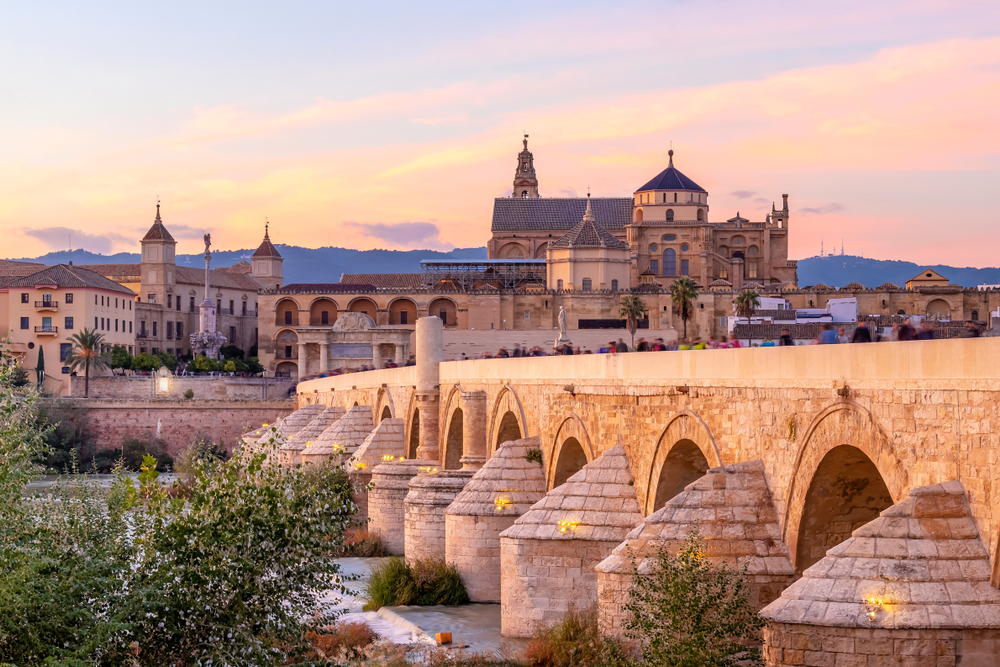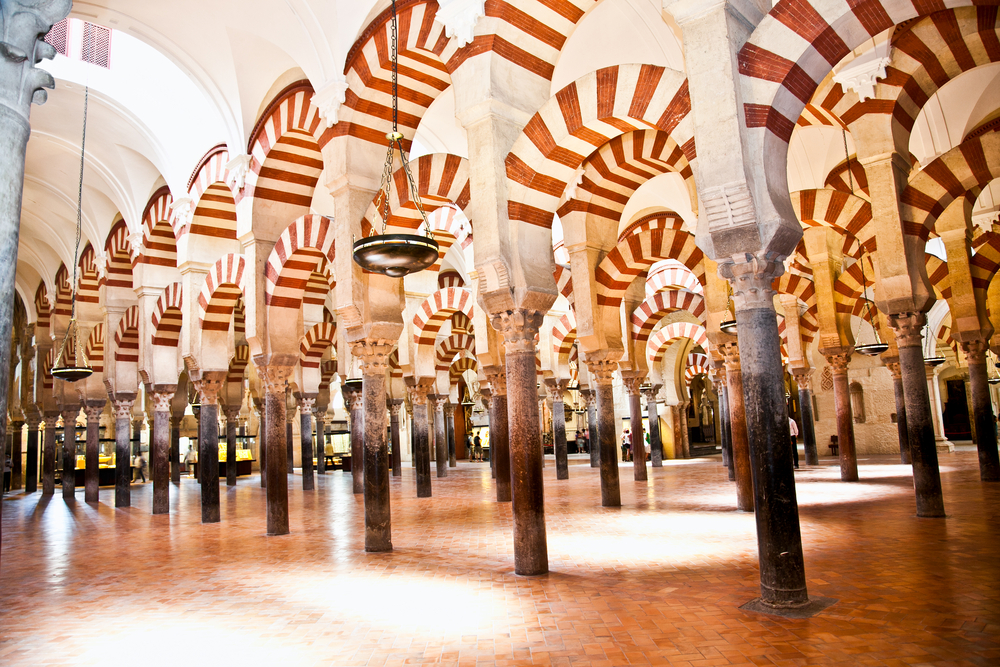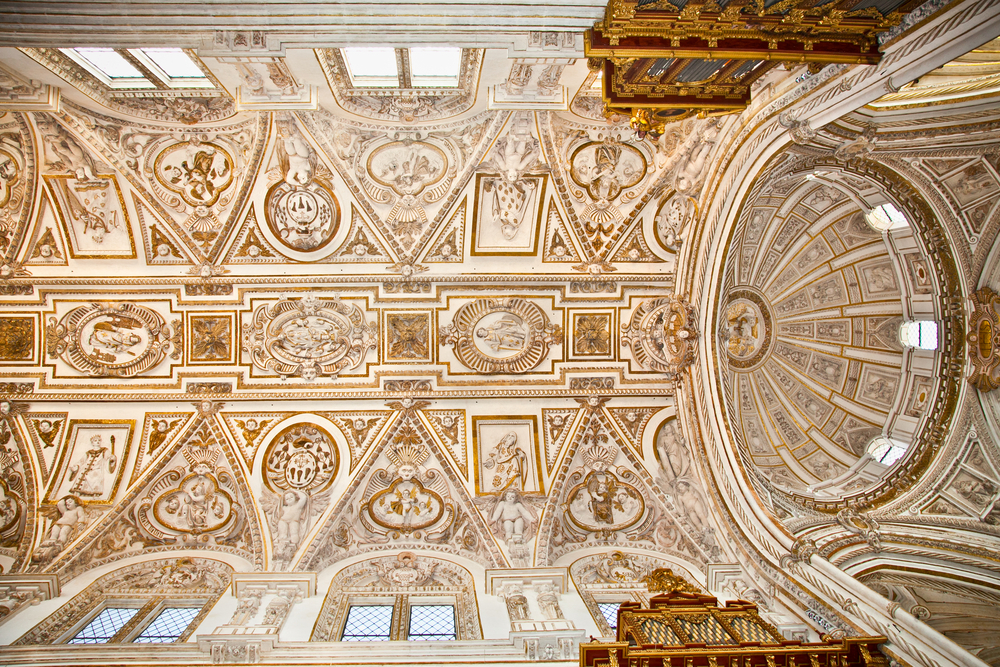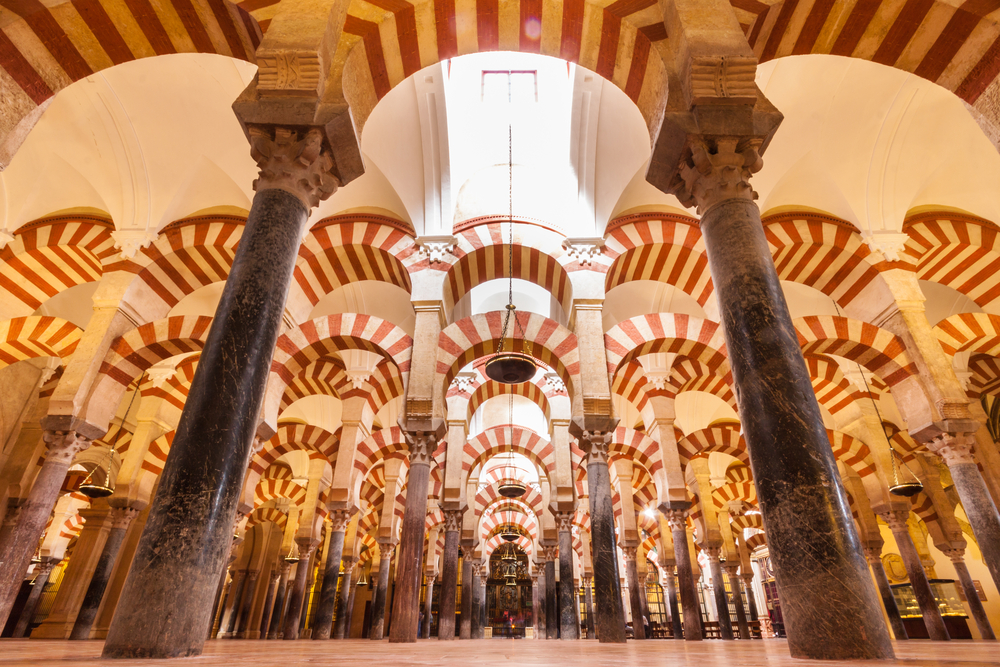The beauty of C탳rdoba's Mezquita great mosque

850 columns made of granite, jasper and marble, 19 naves and the uniqueness of semi-darkness. All this makes an electrifying impression! Without any exaggeration, the Mezquita can be considered the most beautiful mosque ever made by the Arabs on the Iberian Peninsula. The Great Mosque of Cordoba is also the largest former mosque in Europe. Currently, it serves as a Roman Catholic cathedral.

Mezquita has the advantage over other monuments in a way that the interior of the building tells its story through the ubiquitous mix of ornaments, styles and colours. The fact that a few years ago, the local Muslim community began to send appeals to the local church authorities (masses are celebrated in the Mezquita) and finally to the Vatican, that the followers of Mohammed could come to pray here, testifies to how, today, the church still evokes strong emotions. Also for this reason, for decades, the Catholic Church fought to remove the name "mosque" from the name of the object, which was effectively opposed by the city authorities and the public. The attachment to tradition is strong. It is worth mentioning that the Catholic inhabitants of C탳rdoba, who go to Mass in the Mezquita very often say that they are going to "pray to the mosque" í¢€¦

Walking through the front gates of the Mezquita, which look like an indistinct fortification (in places the walls are completely neglected), we stand in a shady garden full of orange trees and individual cypresses and palms. From there emerge small fountains. They served the Muslims as a place of ablution (washing the body before entering the mosque).
As soon as you enter the Mezquita, in one moment, you see hundreds of columns which create foundations for white and red arches. Although their appearance was inspired by Roman aqueducts, ornamentation is a copy decoration of the Umayyad Mosque in Damascus. For the Emir of Abd al-Rahman from the Middle East, the Syrian mosque was the best and, in fact, one of the few mosques which architecture could have been a source of inspiration. And from the very beginning, he wanted to show that on the newly acquired land, he could not only afford to build a mosque of immense size but also that it would be a signature of his long ruling.
The selection of the striped colours was in turn taken from Jerusalem. It was supposed to create an impression of lightness and visually enlarge the mosque. From the beginning of its construction in 786 to the last changes introduced at the end of the 18th century (then at the cathedral), the building has increased six times to 24,000 m².
It must be remembered that at the beginning of the construction of the Mezquita, Islam was just crawling - the prophet Muhammad preached his teachings only 100 years earlier. Thus, the Great Mosque of Cordoba was one of the first objects of its kind in the world, and certainly in Europe. From the place, it has become a model for more mosques around the world.

